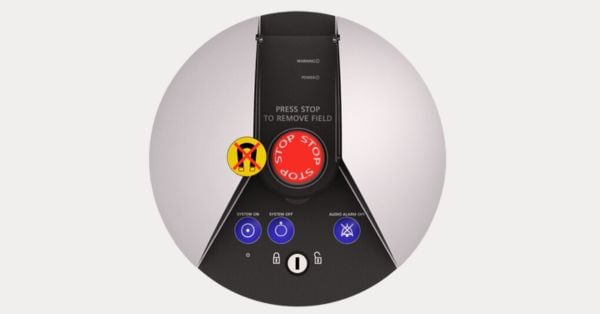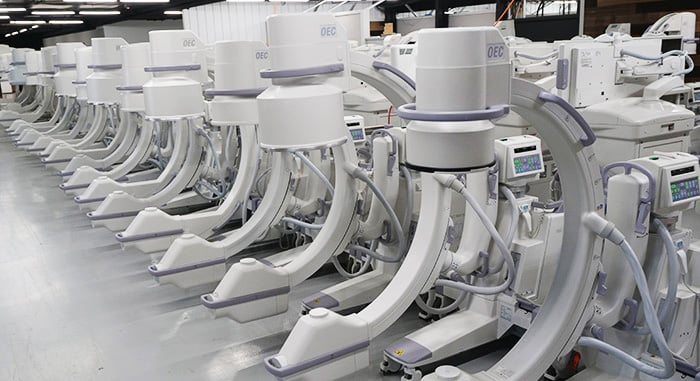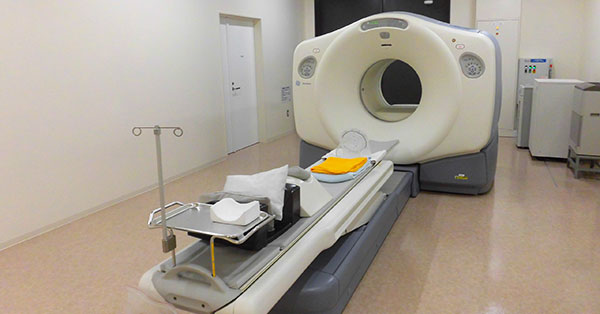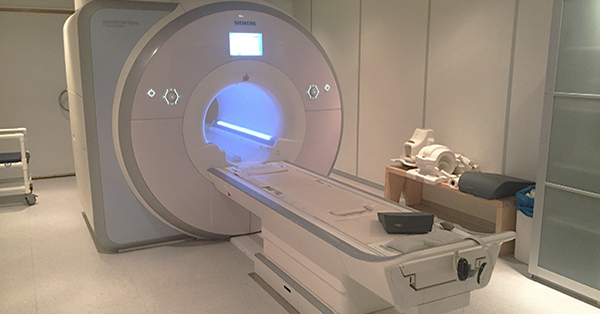
Imagine a machine so powerful it could lift a car but instead, it's used to take amazing pictures of the inside of your body.
Sometimes, things can go a bit sideways, and this machine has what's called a "quench." It's like a big, dramatic sigh where the MRI machine has to release a bunch of helium gas all at once. (It can happen on purpose or by accident and it's a big deal.)
So, let's take a fun dive into what happens when an MRI quenches!
If you accidentally "quenched" your MRI and don't know what to do next- don't worry, we can help! Contact our service support team who will help you through the next steps.
An MRI Quench Explained
A quench occurs when there is a rise in the magnet's temperature resulting in a loss of superconductivity, i.e. the resistance in the electrical current is no longer zero.
This causes a chain reaction: ever-increasing resistance causes more and more heat, which causes the liquid helium to boil into gas, which causes pressure to build until there is a sudden, dramatic, and expensive, release of helium gas.
Fortunately, all MRIs are equipped with a helium “quench pipe” which vents it out of the building and safely into the air.
What Happens when an MRI Quenches?
Superconductive, high-field MRI systems are giant electromagnets. The majority of them operate at 1.5 Tesla, which is 15,000 Gauss, or about 30,000 times the earth’s magnetic field. This is enough magnetic power to lift a car (which is rarely necessary in a clinical setting) and produce miraculous diagnostic images without using radiation.
The material that makes these magnets so powerful is liquid helium, which takes the resistance in the coil windings around the magnet down to zero. This allows the electrical current to flow continuously as long as (and this is key) the liquid helium is maintained at a steady negative 452.2 degrees Fahrenheit.
Removing the current involves a magnet power supply, a hideously expensive piece of equipment that does only two things: Adds the current to turn the magnet on and removes the current to turn the magnet off. By “off” we mean "take the magnetic field down to zero". This is called a “ramp down” and, unsurprisingly, when current is added it's called a “ramp up”.
If you recall, the helium keeps the resistance at zero, which means that once that current is added during the ramp-up process, all that electricity just keeps on moving through the wires unimpeded... forever... unless, of course, the system quenches.
Once the button is pushed, this sets off a series of events. Resistance increases, more heat is produced, and the liquid helium turns into gas. This builds up pressure until there's a sudden and costly release of helium gas.
What are the two kinds of MRI Quenches?
There are two main types of quenches, and both are triggered by the red button.
Emergency Quench
In some rare cases, clear signage is ignored and metal objects like mop buckets, oxygen tanks, etc. get sucked into the bore of the MRI. These are very difficult to remove while the magnet is at field. If a patient is somehow pinned inside, an emergency push of the quench button can be a lifesaver. The button artificially heats the magnet and starts the chain reaction described above.
A customer of ours pushed his once, out of curiosity not knowing it's typically used for safety purposes. Oops!
Planned Quench
There is also a procedure called a “planned quench” that is sometimes used by an engineer when an older and no longer usable magnet is being decommissioned.
It saves the time and expense of a formal ramp-down but is sometimes frowned upon by hospital staff. Not always though – we have had occasions where the hospital not only gave permission but also asked if we could do it after hours so the staff could gather outside to watch. So, a quench can sometimes be fun!
A piece of advice though: venting helium looks very similar to smoke, so if you ever have this procedure done be sure to alert the local fire department for obvious reasons.
Unfortunately, quenches that aren't triggered by a user or an engineer can happen too, and they are rarely fun. These occasions, where the MRI quenches on its own, can be caused by a leak, ice in the magnet, a failure in the magnet's cooling system, or even critically low helium levels. These are seldom dangerous, but the loss of helium represents a serious (five-figure!) expense, and there is potential for damage to the magnet.
The Takeaway
Hopefully, all this "quench" talk provided some good information without creating any undue worry.
Once a magnet is up and running, a quench is relatively rare.
The best way to avoid them is to ensure that your system is properly serviced, regular preventative maintenance is performed on both the MRI and the cooling system, and all safety procedures are followed closely.
If your facility doesn't have a service partner to help with that, our team would love to help you find a service solution! Use the button below to tell us how we can help.

Steve Rentz
Steve Rentz is the Product Manager for MRI Scanners at Block Imaging. Steve's goal is to earn each customer's trust and business by specifically addressing the needs of their unique project. When Steve is not helping customers with their MRI needs, he enjoys running, swimming, and woodworking.






